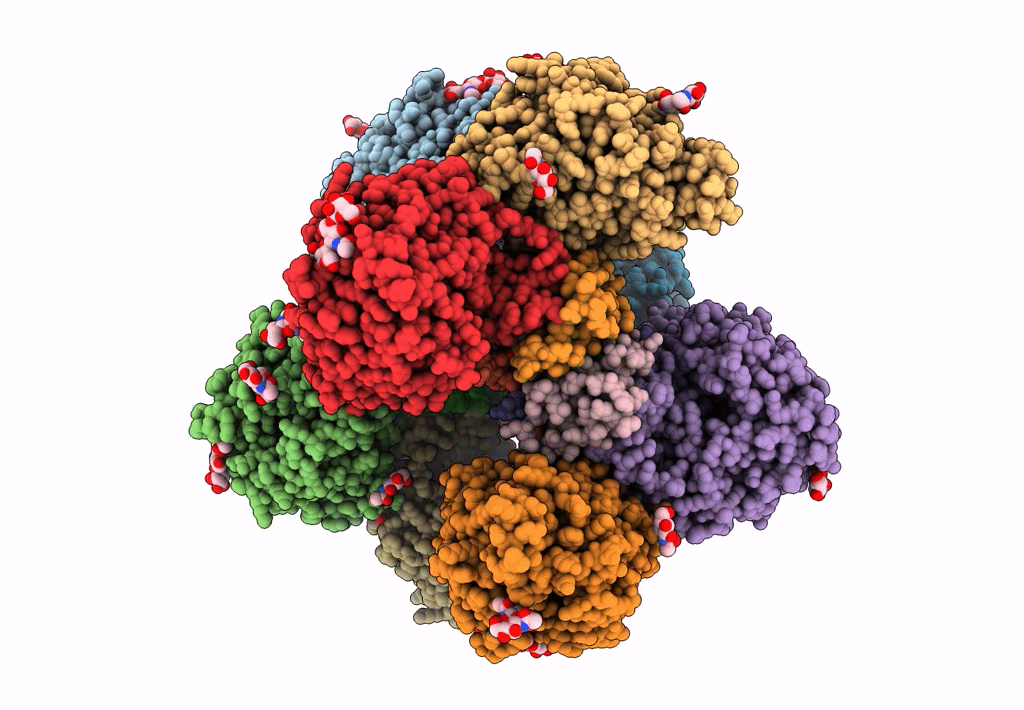
Deposition Date
2020-10-27
Release Date
2020-12-30
Last Version Date
2024-11-13
Method Details:
Experimental Method:
Resolution:
3.50 Å
Aggregation State:
FILAMENT
Reconstruction Method:
HELICAL


